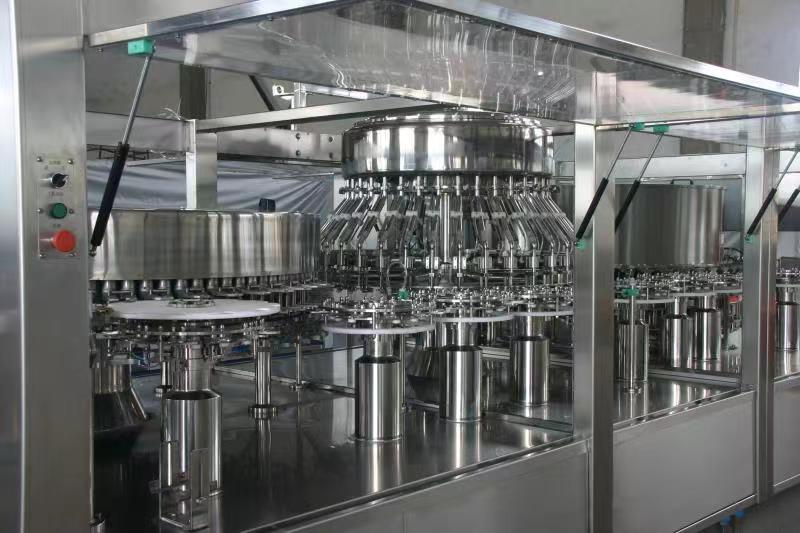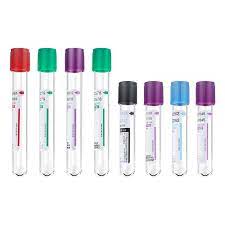In an IV fluid plant turnkey project, the choice between PP (polypropylene) bottle and soft bag packaging can significantly impact various aspects of production, distribution, and product characteristics. Here are some key differences between the two:
PP Bottles vs. Non-PVC Bags: A Comparative Analysis
- Material Composition:
- PP Bottle: Polypropylene bottles are rigid containers typically made of a single material (polypropylene) which provides durability and protection to the contents.
- Soft Bag: Soft bags are usually made of flexible materials such as PVC (polyvinyl chloride) or polyolefin. They are lightweight and offer flexibility in handling and storage.
- Product Protection:
- PP Bottle: PP bottles provide excellent protection against external contamination and physical damage due to their rigid structure.
- Soft Bag: Soft bags offer good protection against breakage and are less prone to damage during transportation. However, they may be more susceptible to punctures or leaks compared to rigid bottles.
- Storage and Transportation:
- PP Bottle: PP bottles are bulkier and occupy more space compared to soft bags, which can impact storage capacity and transportation logistics.
- Soft Bag: Soft bags are compact and stackable, allowing for efficient storage and transportation. They can be stored flat when empty, reducing storage space requirements.
- Flexibility and Handling:
- PP Bottle: PP bottles are rigid and require specific handling equipment such as bottle fillers and cappers.
- Soft Bag: Soft bags are flexible and can be filled using automated filling machines designed for bag-in-box packaging. They are also easier to handle manually, especially in situations where automation is not available or feasible.
- Product Visibility and Identification:
- PP Bottle: PP bottles offer good visibility of the product inside, allowing for easy inspection and identification.
- Soft Bag: Soft bags typically have less visibility, especially when filled, which may require additional labeling or tracking systems for identification.
- Environmental Considerations:
- PP Bottle: PP bottles are recyclable but may have a larger environmental footprint due to their higher material usage and energy-intensive manufacturing process.
- Soft Bag: Soft bags use less material and energy during production compared to rigid bottles. Some soft bag materials are recyclable, but recycling options may vary depending on local facilities and regulations.
Ultimately, the choice between PP bottle and soft bag packaging in an IV fluid plant turnkey project depends on factors such as product requirements, production capacity, storage space, transportation logistics, and environmental considerations. Each packaging option has its own advantages and challenges, and the decision should be based on a comprehensive evaluation of these factors.
Setting up an IV fluid plant turnkey project involves specific processes and machinery for producing IV fluids packaged in either PP bottles or non-PVC bags. Here’s a comparison of the process and machinery involved in each option:
IV Fluid Plant with PP Bottles:
- Container Manufacturing:
- Process: PP bottles are typically manufactured using blow molding or injection molding techniques.
- Machinery:
- Blow Molding Machines: These machines shape molten PP resin into bottles by inflating it inside a mold cavity.
- Injection Molding Machines: These machines inject molten PP resin into a mold under high pressure to form the bottle shape.
- Additional Equipment:
- Mold Tooling: Precision molds are required for shaping the bottles according to design specifications.
- Cooling Systems: Cooling systems are necessary to solidify the molten PP resin and maintain the shape of the bottles.
- Filling and Sealing:
- Process: After manufacturing, PP bottles are filled with IV fluid using automated filling equipment. The bottles are then sealed to maintain sterility.
- Machinery:
- Filling Machines: These machines accurately dispense the desired amount of IV fluid into each bottle.
- Sealing Machines: Various sealing technologies such as capping machines or induction sealers are used to seal the bottles securely.
- Additional Equipment:
- Sterilization Equipment: Autoclaves or other sterilization methods are employed to ensure the bottles are sterile before filling.
IV Fluid Plant with Non-PVC Bags:
- Bag Manufacturing:
- Process: Non-PVC bags are typically manufactured using extrusion techniques, where a polymer resin is melted and formed into a thin film. The film is then shaped, sealed, and cut to create the bags.
- Machinery:
- Extrusion Machines: These machines melt the polymer resin and form it into a continuous film.
- Bag Making Machines: These machines shape, seal, and cut the film to create individual bags of the desired size and shape.
- Additional Equipment:
- Quality Control Systems: Sensors and inspection equipment ensure that the bags meet quality standards for thickness, sealing integrity, and sterility.
- Filling and Sealing:
- Process: Non-PVC bags are filled with IV fluid using specialized filling equipment. The bags are then sealed to maintain sterility.
- Machinery:
- Filling Machines: These machines accurately dispense the desired amount of IV fluid into each bag, often using peristaltic pumps or gravity flow systems.
- Sealing Machines: Heat sealing or ultrasonic sealing equipment is used to seal the edges of the bags securely.
- Additional Equipment:
- Sterilization Equipment: Similar to PP bottles, non-PVC bags must undergo sterilization before filling to ensure they are sterile.
Common Machinery and Processes for Both Options:
- Sterilization Equipment: Autoclaves, gamma irradiation, or ethylene oxide (ETO) sterilizers may be used to sterilize both PP bottles and non-PVC bags.
- Quality Control Systems: Various sensors, inspection cameras, and testing equipment are employed throughout the manufacturing process to ensure product quality and compliance with regulatory standards.
- Packaging Equipment: Once filled and sealed, both PP bottles and non-PVC bags are packaged into secondary packaging (e.g., boxes or cartons) using automated packaging equipment.
In summary
while the basic processes of filling, sealing, sterilization, and packaging are similar for both PP bottles and non-PVC bags, the specific machinery and techniques used differ due to the distinct characteristics of each packaging option. The choice between PP bottles and non-PVC bags depends on factors such as product compatibility, regulatory requirements, and market preferences.
IV FLUID SOLUTION LINE


